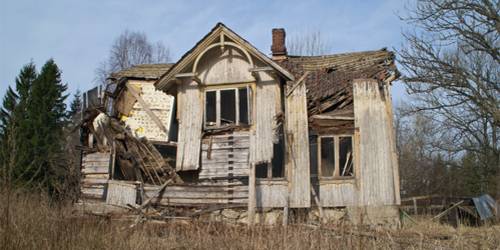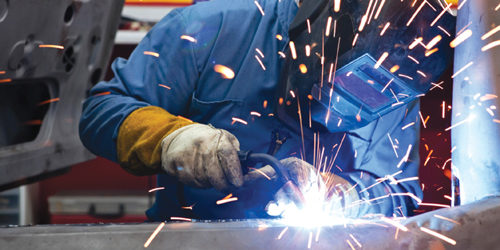
By Rob Fawcett, Partner and Head of Property, Bennett Griffin
It is often the case that tenants will be subject to a dilapidations claim when vacating their business premises. A claim for dilapidations will arise from the tenant’s repair covenant detailed in the lease. Most repair covenants in modern commercial leases are fully repairing and insuring covenants. Such a covenant places an obligation on the tenant to “repair and keep in good repair and condition the property and all fixtures and fittings”. This means that the tenant will need to hand the property back to the landlord in a good state of repair and condition and also to remove any tenant alterations and to replace all landlords fixtures and fittings that are beyond repair, for example the electrical installations, bathroom furniture etc.
This can be an unexpected cost and an onerous obligation for a tenant vacating a commercial property. It can also be a costly expense for a landlord to pursue without any guarantee that the tenant will have sufficient funds to discharge any claim for dilapidations. Depending on the nature of the property, a claim for dilapidations can run into tens of thousands of pounds. It is imperative for both landlords and tenants that all parties are clear as to their obligations under the terms of the lease from the outset to avoid a costly and time consuming claim for dilapidations.
The key to avoiding such a situation is to ensure that the extent of the repair covenant is agreed prior to the lease being signed. Whilst there maybe additional expenditure at the outset, which both parties will be keen to avoid in the short term, significant savings could be made in the long term.
The easiest way to protect a Tenant would be to document the condition of the property in a photographic schedule of condition which clearly sets out the condition of the property at the start of the lease or, alternatively, to agree a schedule of tenants works.





